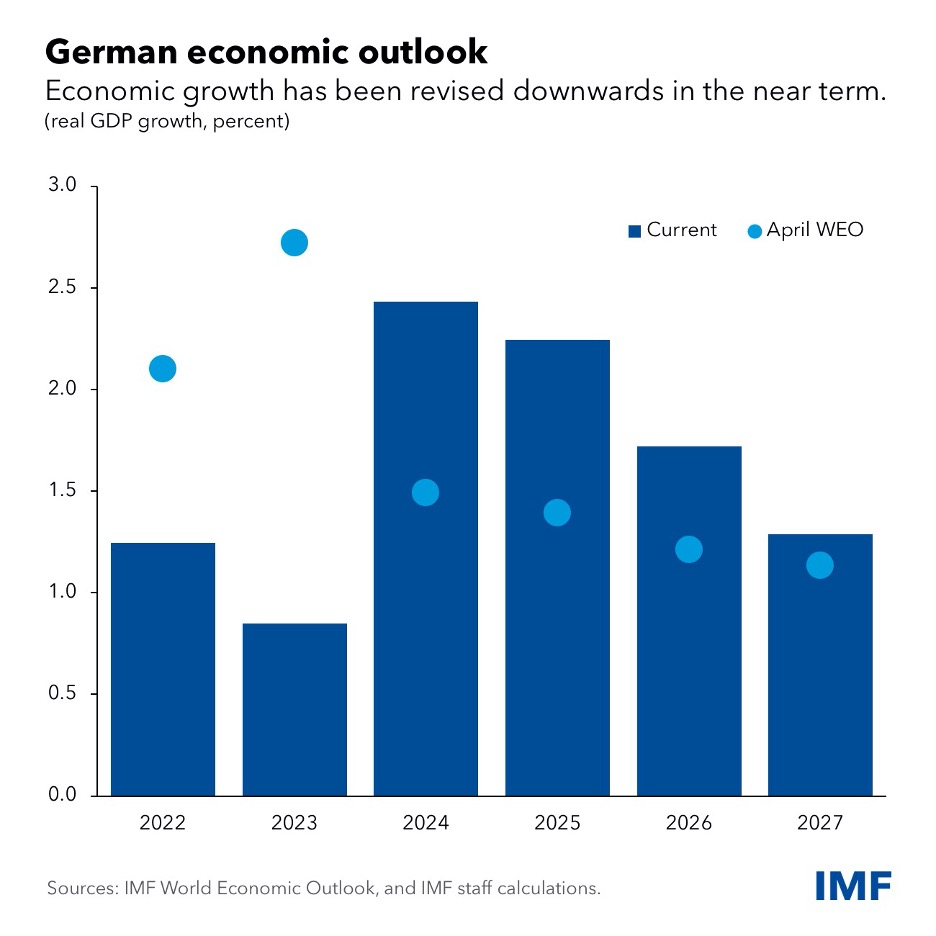Kicking Goals Online: The Impact of Social Media on Football

In the digital age, social media has revolutionized various aspects of life, and football (soccer) is no exception. From fan engagement and marketing to player interactions and real-time updates, social media has transformed how the world’s most popular sport is experienced and consumed. This blog explores the profound impact of social media on football, highlighting how platforms like Twitter, Instagram, and Facebook have changed the game for fans, players, and clubs alike.
Table of Contents
Enhancing Fan Engagement
Direct Interaction with Players
Social media has bridged the gap between football players and fans, allowing for direct interaction that was previously unimaginable. Platforms like Twitter and Instagram enable players to share personal insights, behind-the-scenes content, and interact with fans through comments, likes, and retweets. This direct communication fosters a sense of connection and loyalty, making fans feel closer to their favorite stars.
Real-Time Updates and Instant Reactions
Gone are the days when fans had to wait for the evening news or next day’s newspaper for match updates. Social media provides real-time updates on matches, transfers, injuries, and other news, allowing fans to stay informed instantly. Live-tweeting during matches and instant reactions to goals or controversial decisions keep fans engaged and create a dynamic online community.
Marketing and Branding
Expanding Global Reach
Football clubs and players have harnessed the power of social media to expand their global reach. Clubs can market themselves to a worldwide audience, attracting international fans and sponsors. This global reach is particularly beneficial for merchandising and ticket sales, as it opens up new revenue streams.
Building Personal Brands
Players can use social media to build their personal brands, independent of their clubs. By sharing their training routines, endorsements, personal milestones, and philanthropic efforts, players create a multidimensional image that appeals to a broad audience. This personal branding can lead to lucrative endorsement deals and increased marketability.
Fan-Created Content and Community Building
User-Generated Content
Fans are not just passive consumers of football content; they are active creators. Social media platforms are filled with fan-generated content, including memes, fan art, match analyses, and reaction videos. This content not only enhances the overall football experience but also fosters a sense of community among fans.
Online Fan Communities
Social media has given rise to vibrant online fan communities where supporters from around the world can connect, share their passion, and engage in discussions. These communities often organize watch parties, online polls, and fan meet-ups, strengthening the bond between fans and their clubs.
Influencing the Business of Football
Sponsorship and Advertising
Social media’s vast reach and engagement levels have made it an attractive platform for sponsors and advertisers. Football clubs and players can leverage their large followings to secure sponsorship deals, promote products, and generate advertising revenue. Sponsored posts and branded content have become a significant part of the football economy.
Transfer Market Impact
Social media has also influenced the football transfer market. Rumors and speculations about player transfers often originate on social media, driving fan discussions and media coverage. Clubs use social media to announce transfers, creating buzz and excitement. Additionally, player social media activity can sometimes hint at potential moves, adding another layer of intrigue to the transfer market.
Challenges and Controversies
Negative Impact on Players’ Mental Health
While social media offers numerous benefits, it also has its downsides. Players are often subjected to online abuse, criticism, and pressure, which can negatively impact their mental health. The anonymity of social media platforms can lead to toxic behavior from some users, creating a hostile environment for players.
Misinformation and Rumors
The rapid spread of information on social media can also lead to the dissemination of misinformation and baseless rumors. False reports about injuries, transfers, or personal issues can create unnecessary stress for players and clubs. Verifying information and dealing with the fallout of false news is an ongoing challenge.
The Future of Football and Social Media
Integration with Emerging Technologies
As technology continues to evolve, so will the integration of social media and football. Virtual reality (VR) and augmented reality (AR) experiences, powered by social media platforms, could provide fans with immersive ways to watch matches and interact with players. Enhanced data analytics and AI-driven content personalization will further tailor the football experience to individual preferences.
Increased Fan Influence
The voice of the fan is louder than ever, thanks to social media. Clubs and organizations are increasingly taking fan opinions into account when making decisions, from kit designs to managerial appointments. This trend is likely to continue, with fans playing an even more significant role in shaping the future of the sport.
Social media has undeniably transformed football, making it more interactive, accessible, and global than ever before. From enhancing fan engagement and marketing to influencing the business dynamics of the sport, social media’s impact is profound and far-reaching. As the digital landscape continues to evolve, the relationship between football and social media will undoubtedly grow stronger, ushering in new possibilities and challenges for the beautiful game.






